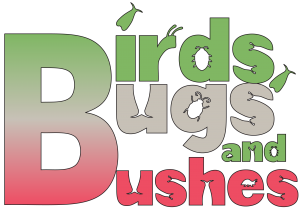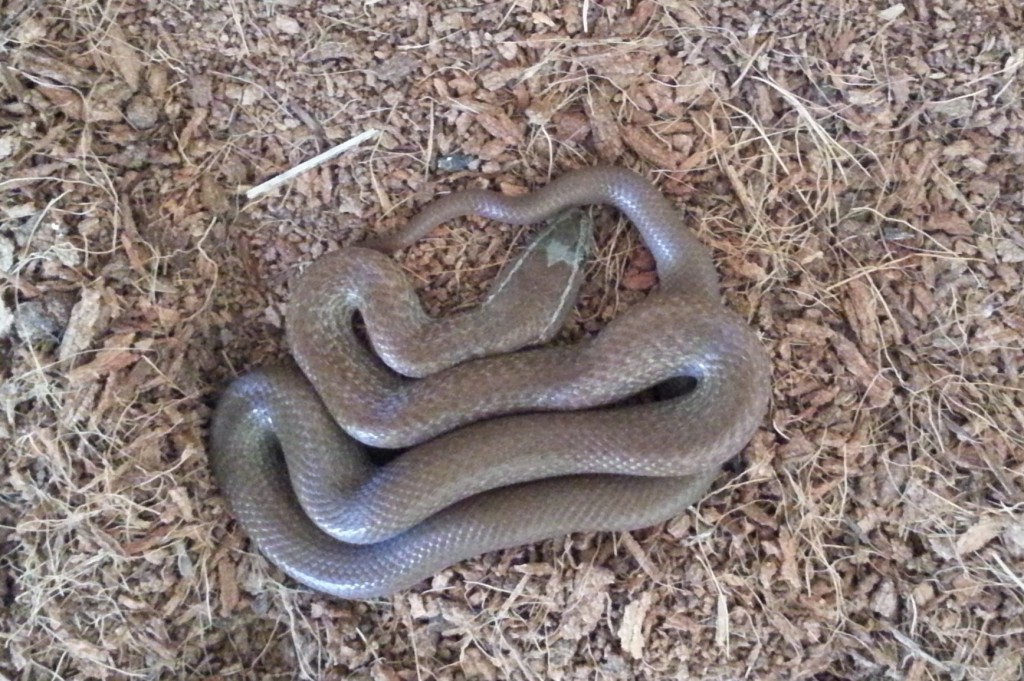 The Brown House Snake (Lamprophis capensis)
The Brown House Snake (Lamprophis capensis)
Brown house snakes are a light brown to reddish brown in colour. Older specimens are dark olive to almost black. There are two light stripes on either side of the head from the tip of the snout across the upper half of the eye. These stripes sometimes run along the anterior third of the body. The other stripe runs from the lower half of the angle of the mouth. The underbelly is yellow to white. The average length is between 60 cm and 90 cm. though some can reach up to a metre or more.
These snakes are oviparous; the female after mating lays a clutch of between 8 and 18 eggs. On hatching the young measure between 19 cm and 26 cm. Like all snakes there is no parental care of the young. Once hatched the young are able to fend for themselves. They begin by feeding on insects then graduating to larger prey as they grow.
They are found in southern and eastern Africa.
This is a common snake around houses. Hence its name ‘house snake’. It will, if need be, enter houses in search of prey. What is comforting though is that these snakes are totally harmless to humans. They will bite when they are handled roughly or feel threatened, but they are harmless as they do not have any venom or fangs with which to inject venom. They are solid toothed snakes, having no fangs. Sometimes, if they do not bite, they will instead sham death.
Found almost every where, these are largely ground dwelling snakes. They live in burrows, holes and under fallen trees and rocks, though they are more common around human houses and buildings. They are drawn to human dwellings by the presence of rodent’s upon which they feed. They also eat lizards, frogs, birds and bats. They secure their prey using their sharp teeth. Fastening the sharp points into the body of the prey, they wrap their coils around the victim, constricting it. They have similar shaped heads to pythons and tackle prey in a similar fashion. They are powerful constrictors, willfully attacking, killing and swallowing any prey they can overpower.
They are common nocturnal snakes, either foraging for prey or males seeking out females during the mating season. Though often around houses, they are overlooked due to their nocturnal habits. Most encounters are usually accidental and sadly they almost always end up with the killing of these harmless snakes. They are an important natural controller of rodents. As fierce hunters of rodents, they even enter the burrows and hideouts of the rodents to seek them out. They are able to consume, in one night, an entire rodent family. Unfortunately the traditional fear of snakes does not spare even, helpful and harmless species like the brown house snake.

Leave a Reply
You must be logged in to post a comment.